When it comes to giant rodents, two names often pop up: the nutria and the capybara. But which one is bigger? If you’ve ever wondered about the size difference between these fascinating creatures, you’re in the right place. Today, we’re diving deep into the world of these semi-aquatic rodents to answer the burning question: Is a nutria or a capybara bigger?
Spoiler alert: The capybara takes the crown as the largest rodent in the world, but there’s so much more to explore about these two animals. Let’s break it all down—size, behavior, habitat, and more—so you can walk away with a clear understanding of what makes each of them unique.
Capybara vs. Nutria: Size Comparison
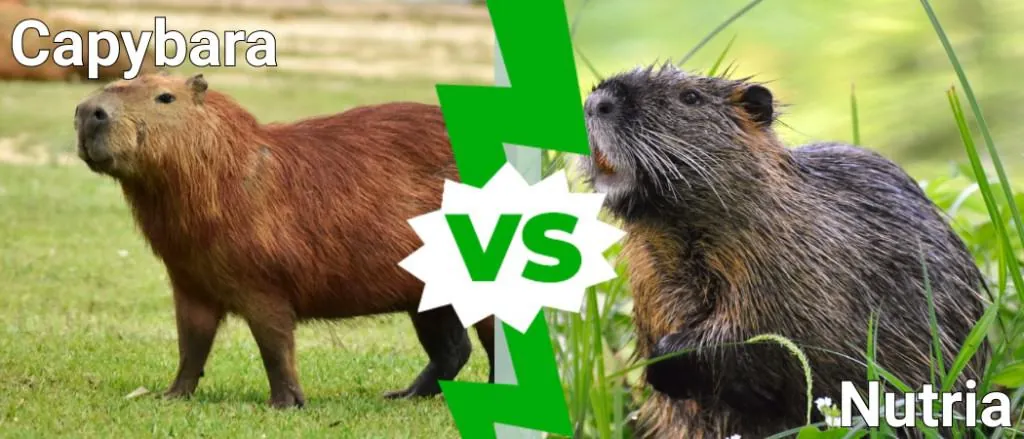
Let’s start with the numbers because, let’s be honest, size matters when comparing animals.
- Capybara:
- Weight: 77 to 150 pounds (35 to 66 kg)
- Length: 3.5 to 4.5 feet (1.1 to 1.4 meters)
- Height: About 2 feet (0.6 meters)
- Nutria:
- Weight: 10 to 20 pounds (4.5 to 9 kg)
- Length: 2 to 2.5 feet (0.6 to 0.76 meters)
- Height: About 1.5 feet (0.46 meters)
As you can see, the capybara is significantly larger than the nutria. In fact, capybaras are the largest rodents on the planet, while nutrias are more comparable in size to a large house cat or a small dog.
Physical Characteristics: What Sets Them Apart?
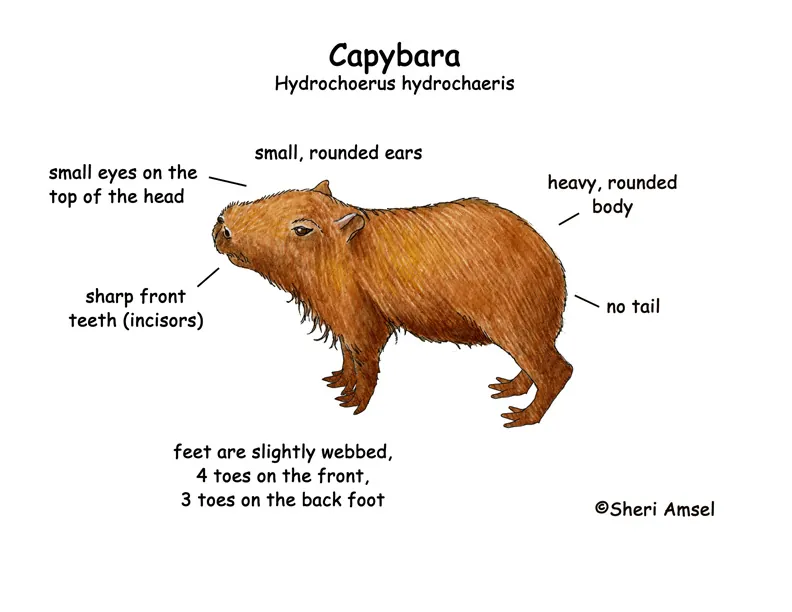
While both animals are semi-aquatic and have webbed feet, their physical traits are quite different.
Capybara Features
- Body Shape: Barrel-shaped, stocky, with short legs and a large head.
- Fur: Coarse, brown fur that helps them blend into their environment.
- Tail: Practically tailless, with just a small stub.
- Teeth: Large, ever-growing incisors for grazing on grasses.
Nutria Features
- Body Shape: Slender, elongated body with long legs and a smaller head.
- Fur: Dark brown with distinctive orange incisors.
- Tail: Long, cylindrical, and scaly—perfect for swimming.
- Teeth: Bright orange incisors that are hard enough to chew through tough vegetation.
Habitat and Range: Where Do They Live?
Both capybaras and nutrias love water, but their habitats differ significantly.
Capybara Habitat
- Native Range: South America (Brazil, Argentina, Colombia, Venezuela, etc.).
- Preferred Environment: Wetlands, rivers, lakes, and grassy plains.
- Adaptability: Highly adaptable to tropical and temperate regions, as long as water is nearby.
Nutria Habitat
- Native Range: South America, but they’ve been introduced to North America, Europe, and Asia.
- Preferred Environment: Freshwater marshes, swamps, and slow-moving rivers.
- Invasive Nature: Nutrias are considered invasive in many regions due to their destructive feeding and burrowing habits.
Behavior and Social Structure: How Do They Behave?
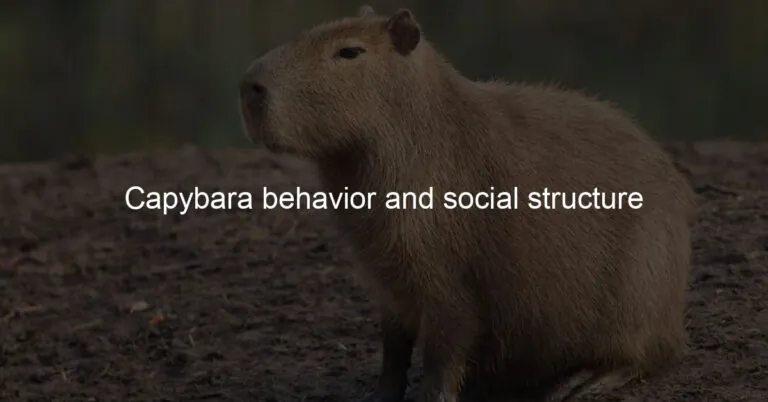
Capybara Behavior
- Social Nature: Capybaras are highly social and live in groups of 10 to 20, sometimes even up to 100 individuals.
- Communication: They use a variety of sounds like barks, whistles, and purrs to communicate.
- Activity: Diurnal (active during the day), often seen grazing or lounging in the water.
Nutria Behavior
- Social Nature: Nutrias are more solitary or live in small family groups.
- Communication: They use vocalizations like grunts and squeals, but their social interactions are less complex than capybaras.
- Activity: Nocturnal (active at night), spending most of their time foraging for food.
Diet: What Do They Eat?
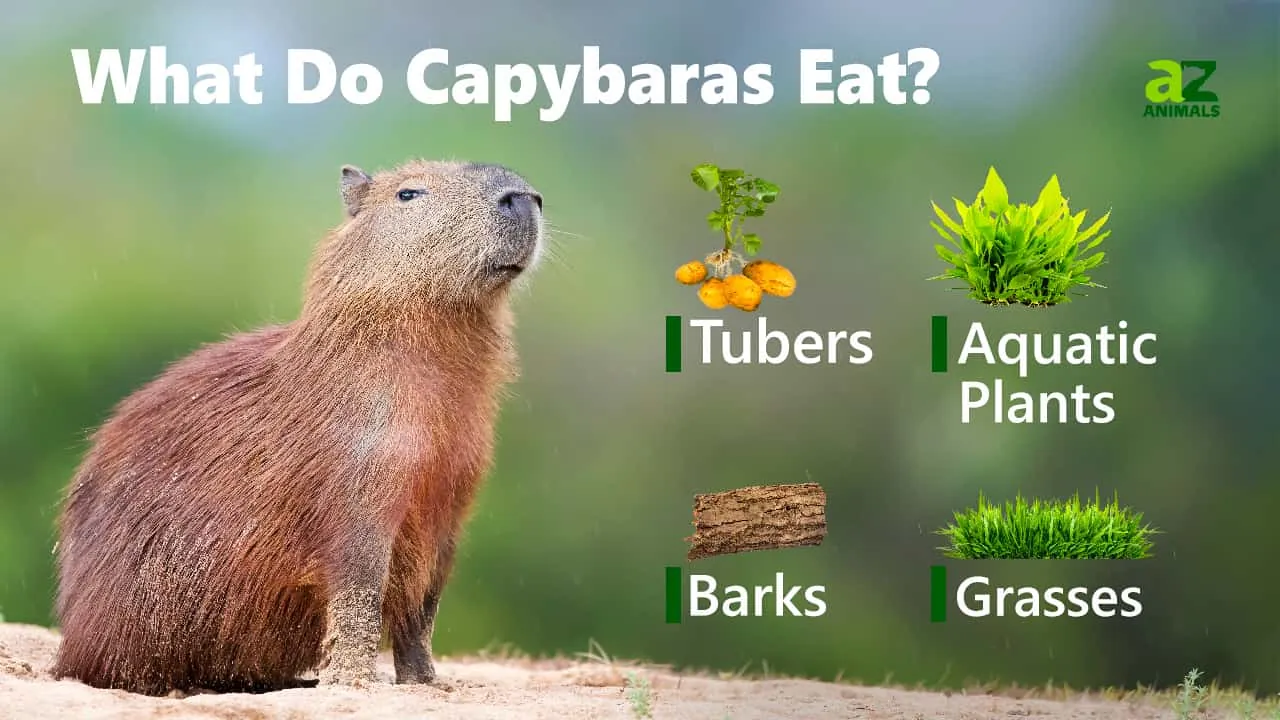
Both animals are herbivores, but their diets have some key differences.
Capybara Diet
- Primary Food: Grasses, aquatic plants, and fruits.
- Daily Intake: Up to 8 pounds of vegetation per day.
- Unique Habit: Capybaras practice coprophagy (eating their own feces) to fully digest their food.
Nutria Diet
- Primary Food: Roots, stems, and leaves of aquatic plants.
- Daily Intake: Up to 25% of their body weight in vegetation.
- Destructive Feeding: Nutrias can damage crops and native vegetation, contributing to their invasive reputation.
Reproduction and Lifespan: How Do They Compare?
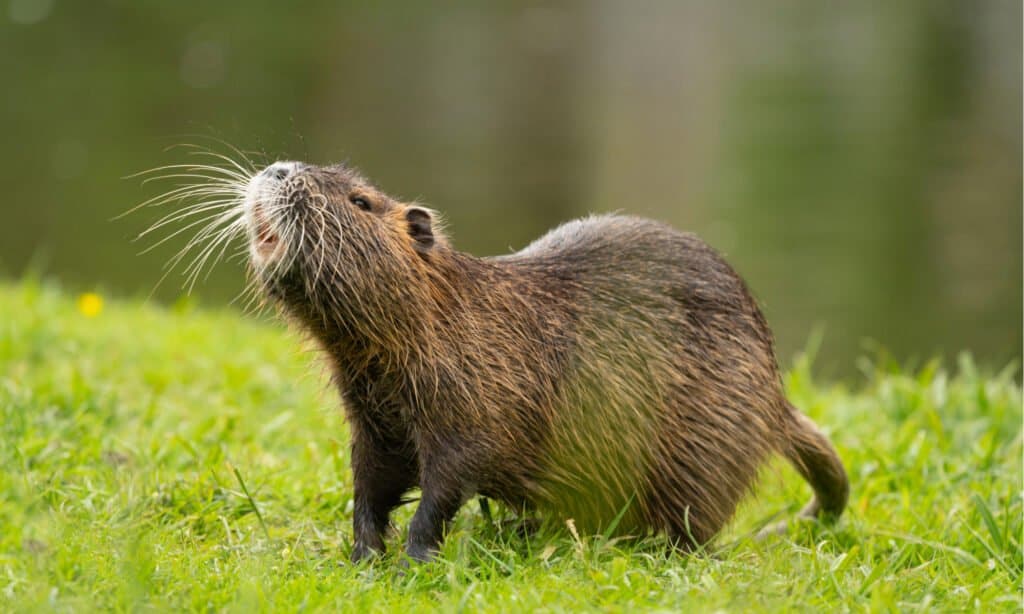
Capybara Reproduction
- Gestation Period: 150 days.
- Litter Size: 4 to 8 pups.
- Lifespan: 8 to 10 years in the wild.
Nutria Reproduction
- Gestation Period: 130 days.
- Litter Size: 2 to 13 pups.
- Lifespan: 6 to 8 years in the wild.
Environmental Impact: Friend or Foe?
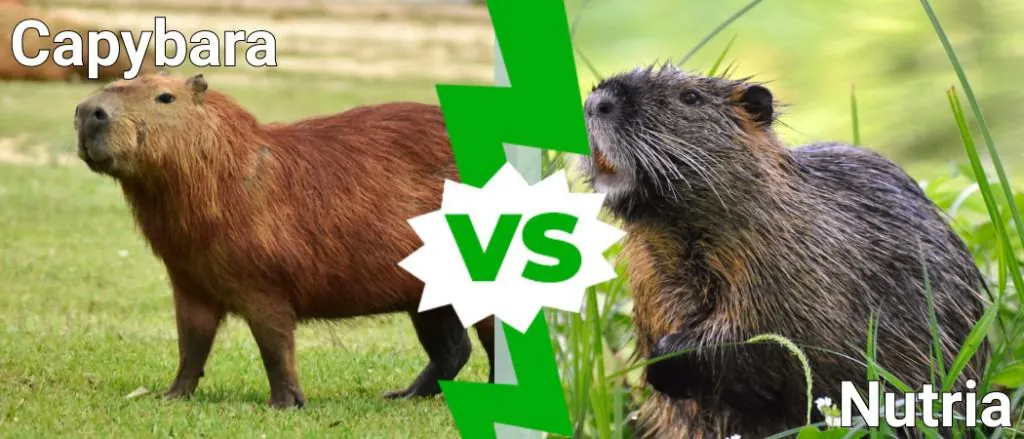
Capybara Impact
- Positive Role: Capybaras help maintain wetland ecosystems by grazing on grasses and aquatic plants.
- Threats: Habitat loss and hunting for their meat and fur.
Nutria Impact
- Negative Role: Nutrias are invasive in many regions, causing damage to wetlands, crops, and riverbanks through their burrowing and feeding habits.
- Control Efforts: Many areas have programs to control nutria populations.
FAQs: Your Questions Answered
1. Is a nutria or a capybara bigger?
The capybara is much larger, weighing up to 150 pounds compared to the nutria’s 20 pounds.
2. Can capybaras and nutrias be kept as pets?
While capybaras are more social and easier to manage, nutrias are less suitable due to their solitary and destructive nature.
3. Are capybaras and nutrias dangerous?
Capybaras are generally docile, while nutrias can be aggressive if threatened.
4. What’s the main difference between a capybara and a nutria?
The main differences are size, social behavior, and habitat preferences. Capybaras are larger, more social, and native to South America, while nutrias are smaller, more solitary, and invasive in many regions.
Conclusion: Capybara vs. Nutria—Who Wins the Size Battle?
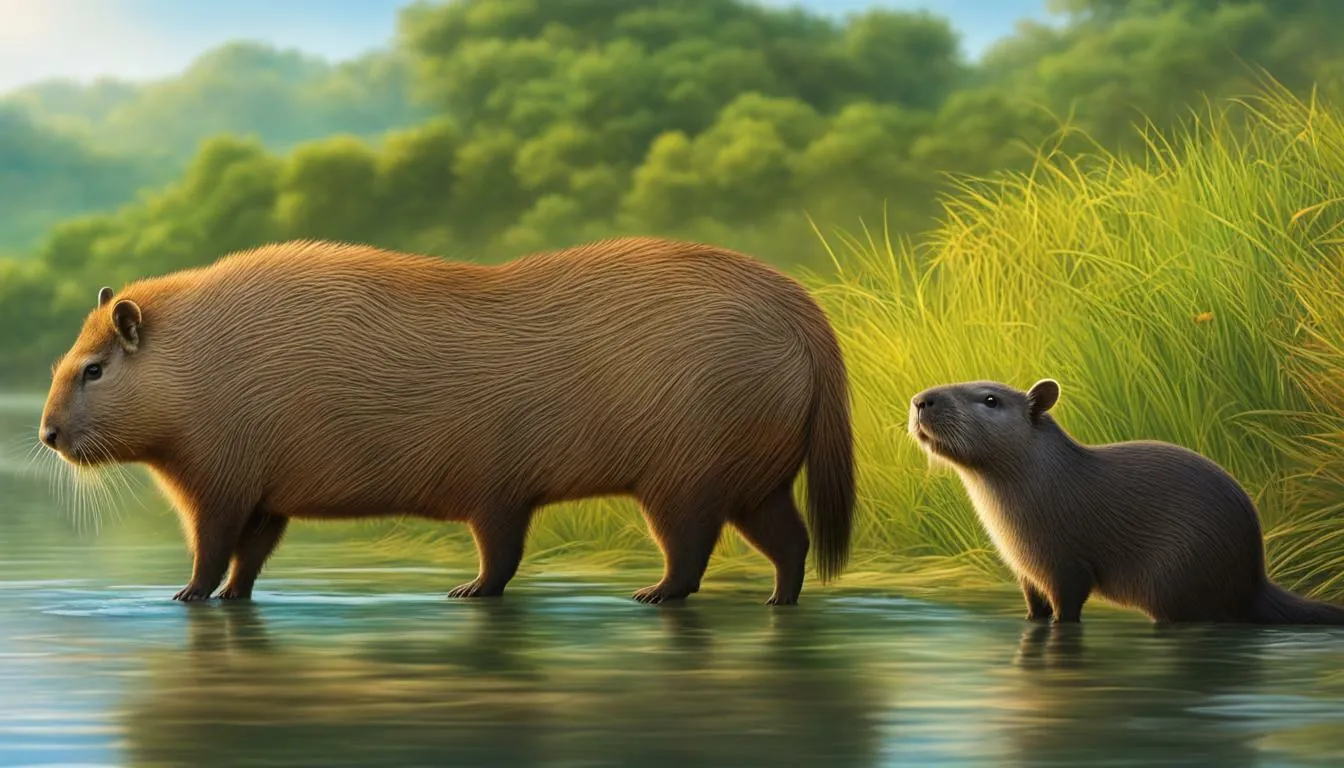
So, is a nutria or a capybara bigger? The answer is clear: the capybara takes the title of the largest rodent in the world. But beyond size, these two animals have fascinating differences in behavior, habitat, and impact on their environments.
Whether you’re a wildlife enthusiast or just curious about these unique creatures, understanding the distinctions between capybaras and nutrias can give you a deeper appreciation for the diversity of the animal kingdom.
Got more questions? Drop them in the comments—I’d love to chat more about these incredible rodents!
Keywords: capybara vs nutria, is a nutria or a capybara bigger, largest rodent, capybara size, nutria size, semi-aquatic rodents, capybara habitat, nutria behavior, capybara diet, nutria diet.
LSI Keywords: giant rodents, South American rodents, invasive species, rodent comparison, capybara facts, nutria facts, rodent size chart, capybara vs nutria size.
